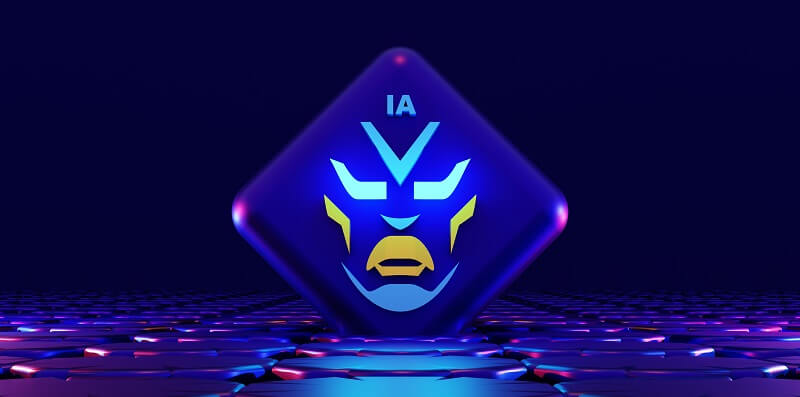Artificial intelligence (AI) has revolutionized various industries, including cybersecurity. However, its potential to generate convincing phishing emails and text messages raises concerns about the risks associated with advanced AI models. This article explores the testing of an AI model called WormGPT, its underwhelming results, and the limitations that currently hinder its success.
Testing the Model
Cybersecurity firm SlashNext recognized the need to assess the effectiveness of AI in phishing attempts and decided to put the WormGPT model to the test. The results, however, were disappointing. In their examination, the model’s phishing email failed to deliver a convincing attempt to deceive the recipient.
Weaknesses of the Model
At first glance, the phishing email generated by WormGPT seemed promising, as it was free from grammatical and spelling errors that are often telltale signs of phishing. However, upon closer inspection, experts discovered several mistakes. For instance, the email mentioned a non-existent attachment, which made it evident that the message was not legitimate. These flaws demonstrated the model’s limitations in crafting sophisticated and realistic phishing attempts. While the existence of AI models like WormGPT highlights the potential risks associated with advancing AI technology, their underwhelming performance is a clear indication of their current limitations. Despite their ability to generate human-like text, they fall short in crafting convincing phishing attempts that could pose a significant threat.
Importance of Vigilance
The rapid development and deployment of AI technology presents a growing need for vigilance against potential misuse. The capabilities of these models raise concerns about the ease with which attackers could exploit AI-generated phishing attempts. It is crucial for individuals and organizations to remain cautious and informed about the potential risks associated with these advancements.
Future Development of AI Technology
As AI technology progresses, the ability to mimic human behavior may become more refined. This may lead to the emergence of AI models capable of generating more convincing phishing attempts. However, it is important to note that the current state of AI-generated phishing attempts is far from reaching the sophistication required to pose a significant threat.
The potential of AI models in generating convincing phishing emails and text messages raises concerns about the risks they pose. However, the testing of the WormGPT model by cybersecurity firm SlashNext showed underwhelming results. Despite its human-like text generation capabilities, the model fell short in crafting sophisticated and realistic phishing attempts. It is crucial for individuals and organizations to remain vigilant against the potential misuse of AI, recognizing the current limitations of such models. While AI technology continues to advance rapidly, caution and awareness are essential in protecting against evolving cybersecurity threats.

